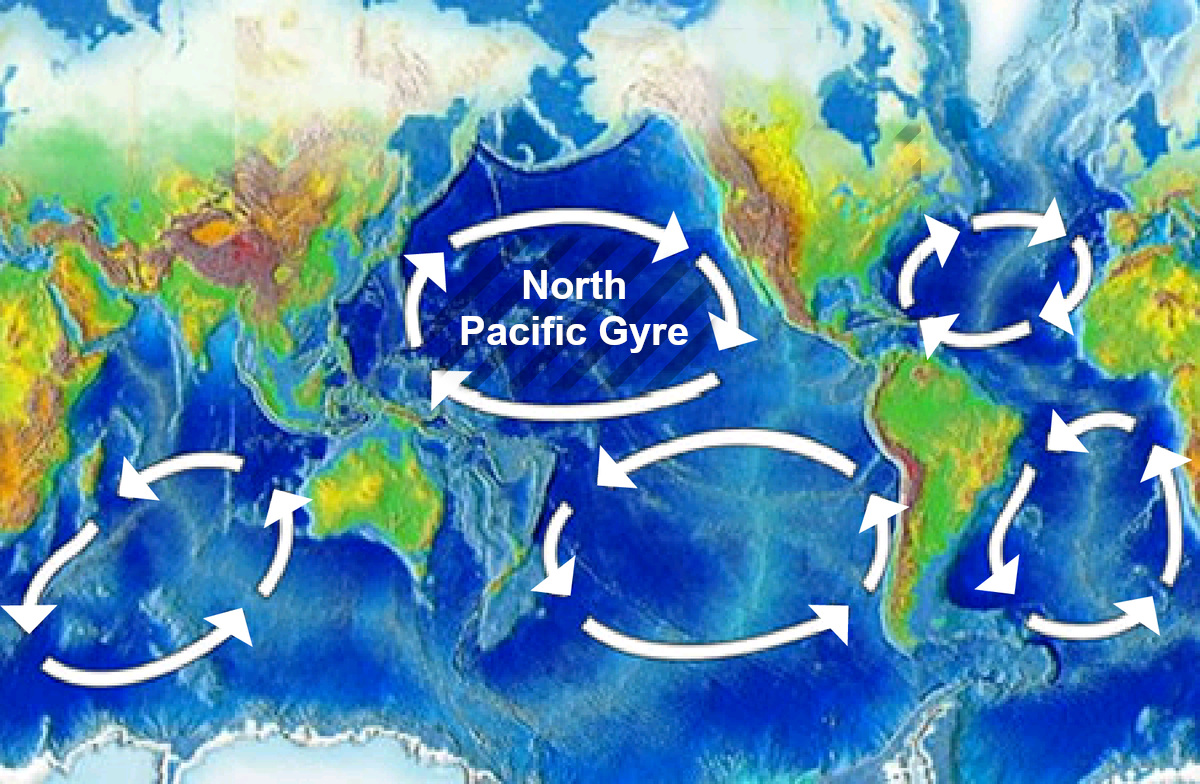Let me see if I can remember how it worked when I lived in the city and suburbs of the United States:
You drive to the grocery store (or whatever store), buy your items, tote them home, and store them (food goes in your refrigerators and pantries, obviously). You use your products one by one and either throw them in a trashcan or a recycling bin. One day a week (rarely two) someone in a garbage truck comes around and picks up the trash and/or recyclables you wheeled 20 steps out to the edge of your driveway or street. Sometimes you do other things like put your garbage down a shoot or drive your recyclables off to a recycling center. After this, you will never have to think about your trash ever again, and someone correctly deals with the trash. The Earth smiles at your responsible efforts.
Down here in Honduras, living on the Ocean, we see something different.
We collect our trash and put it at the end of the dock, where a few times a week some local individual loads the trash into their personal truck and take it to the trash dump. This is the most advanced form of trash gathering, as our vessel happens to be docked in a marina. Everyone else is responsible for their own trash. One garbage truck goes around once a week to designated trash dump areas. It is the responsibility of the individual to carry their trash to these designated areas. Because it can be quite a task (finding someone with a truck, etc.) they only carry their trash once a month. Even when the trash does make it to the dump, it does not ensure that it stays in the dump. If it happens to rain in the middle of a trash pile-up, tons of that trash gets washed out to sea.
Where people in developed countries believe the journey of their trash has ended, we have become acutely aware that it is far from over (in fact, the journey of plastics last over 1,000 years, but that's another story).
After a heavy rain or wind (weekly events here), there is so much trash that washes to our shores from the mainland, it actually takes over entire coves and bights. Most of this trash is plastic, as plastic floats.
This plastic either washes up to shore in some other location (a small percentage), or it continues out to sea. The winds and currents guide it toward eddies or gyres, where plastic collects and builds up, trapped in the swirling currents. These gyres, five of them total, range from 270,000 square miles to more than 5,800,000 square miles in size. That's twice the size of the United States.
The plastic bakes in the sun and breaks down through photodegradation, leaching chemicals into the water and breaking the plastics into small pieces. In fact, for every square mile of Ocean, there are an average of 46,000 pieces of plastic litter. Once the pieces have become small enough, the fish and other creatures start to eat them. Sometimes the plastic kills the fish, but not always. Bigger fish eat smaller fish until the toxins from the plastic have worked their way up the food chain, all the way to your dinner plate and now into your body.
This is just one way plastic poisons the Ocean via humanity, and vice versa. Birds and other land creatures eat the small plastic pieces and die of digestion failure and chemical poisoning. Sea animals become entangled and drown. Every year over 100,000 sea creature deaths are from plastics that we, humans, have put in the Ocean through our carelessness.
We've explained this process before, but wanted to drive home that just because someone takes away your trash from your street doesn't mean the trash has somehow been saved from entering this journey to the Ocean. 80% of the trash floating in the gyres (90% of which is plastic) came from a landmass.
What was once just one trash gyre (or a swirling mass of trash), has now developed into five gyers- two of which are directly off the coast of the United States. Here's a pictures of the Five Gyres below.
 |
| Notice the two most northerly gyres, off the East and West coasts of The United States, one of which is named the North Pacific Gyre. |
Captain Charles Moore, who first helped us become acquainted with the North Pacific Trash Gyre, estimates that the North Pacific Gyre alone contains 100 million tons of plastic. The South Pacific Gyre (located directly below the North Pacific Gyre) has grown to be slightly larger than the original North Pacific Gyre!
The United States has directly contributed to the two gyres off its East and West shores- with Asia's help, 80% of each gyre's mass, to be precise. That would be 80 million tons of trash, 72 million tons, or 90%, of which is plastic.
We need to stop believing that we are not the problem!
Your trash and plastics are not necessarily safely contained in a landfill!
Your trash contributes to the problem, too!
Until we admit to these facts and stop the denial, we will only continue contributing to more and more irreversible damage.
Captain Charles Moore helps us understand this further. Watch this great video. He explains everything much better than us.
This is just one of many problems with plastic, albeit one of the largest problems.
Thanks for taking the time to read about how plastics affect our big, beautiful Ocean. Be looking for our next update on The Problem With Plastics.
THANKS FOR REFUSING!
No comments:
Post a Comment